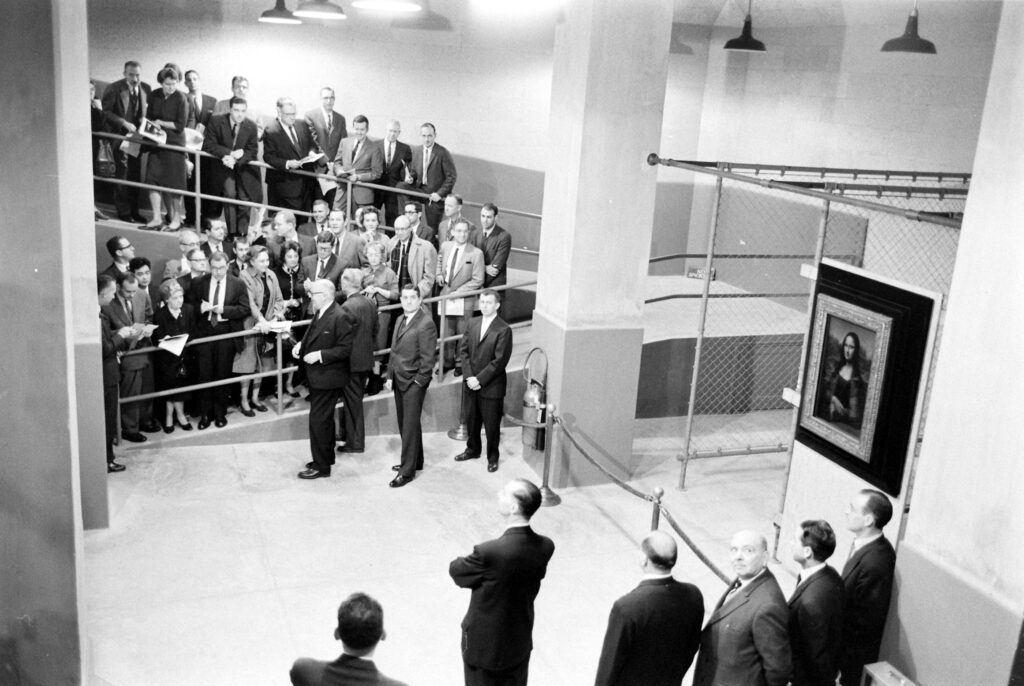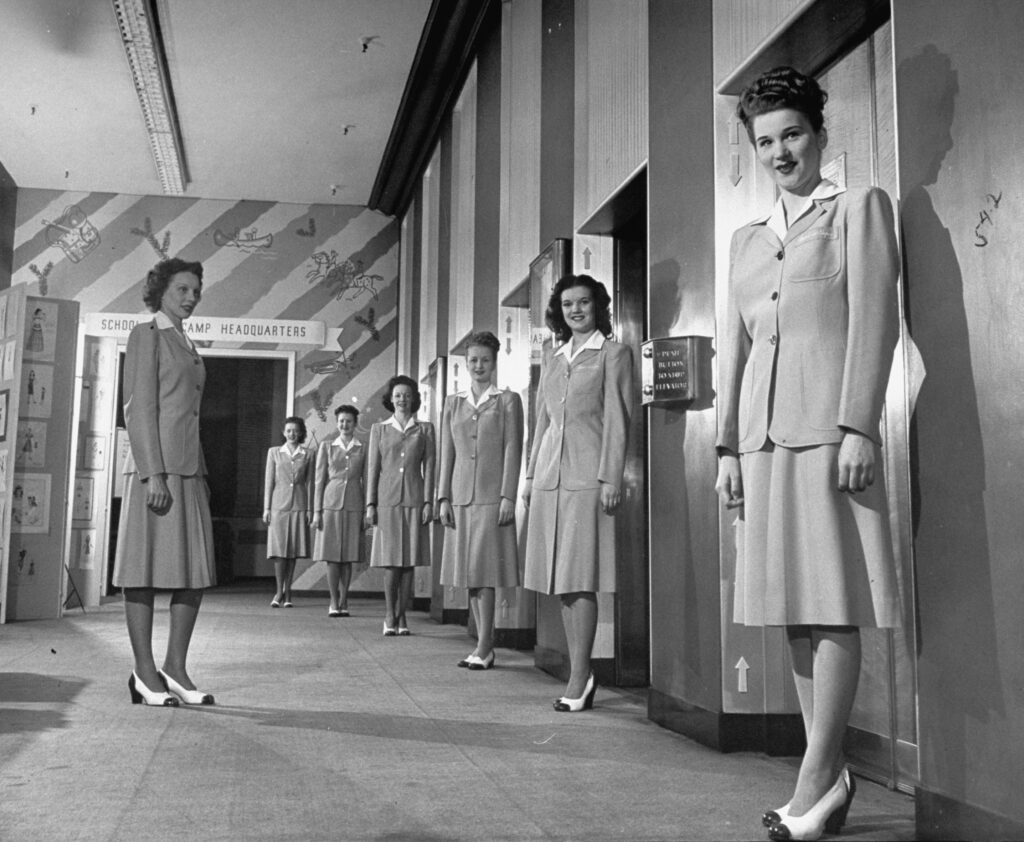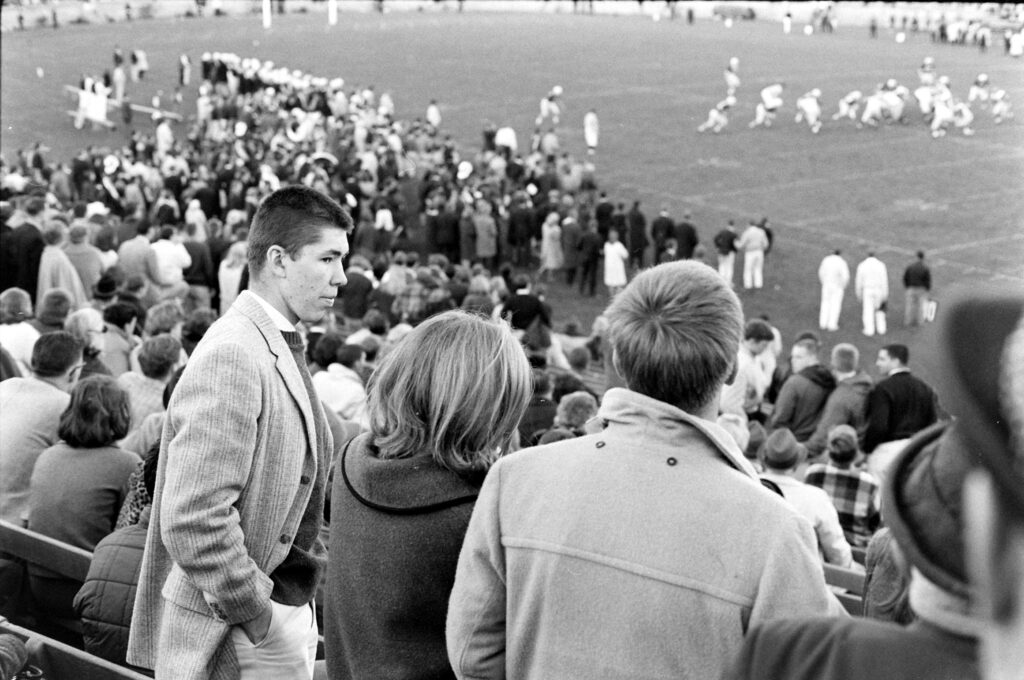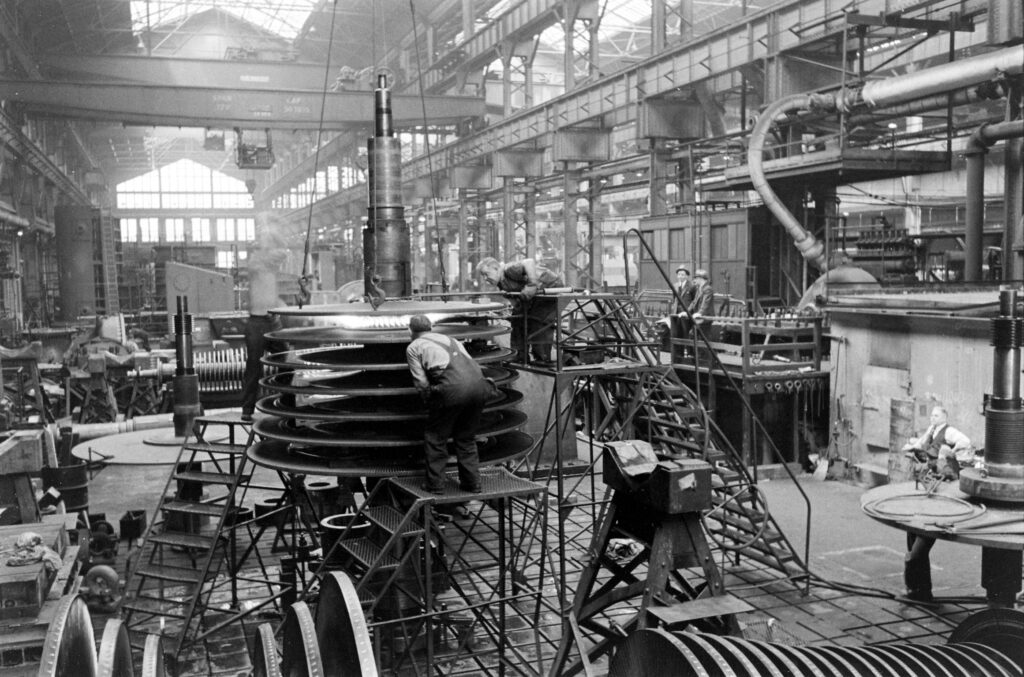Written By: Ben Cosgrove
On Sept. 1, 1939, one week after Nazi Germany and the Soviet Union signed a non-aggression pact, more than a million German troops, along with 50,000 Slovakian soldiers, invaded Poland. Two weeks later, a half-million Russian troops attacked Poland from the east. After years of vague rumblings, explicit threats and open conjecture about the likelihood of a global conflict in Europe, the Pacific and beyond the Second World War had begun.
The ostensible aim of Germany’s unprovoked assault, as publicly stated by Hitler and other prominent Nazi officials, was the pursuit of lebensraum that is, territory deemed necessary for the expansion and survival of the Reich. But, of course, Hitler had no intention of ending his aggression at Poland’s borders, and instead was launching a full-blown war against all of Europe. (On Sept. 3, both England and France declared war on Germany but not on the USSR.)
The invasion during which German troops, especially, drew virtually no distinction between civilians and military personnel and routinely attacked unarmed men, women and children lasted just over a month. Caught between two massive, well-armed powers, the Polish army and its Air Force fought valiantly (contrary to legend, which has the Poles surrendering quickly, with barely a whimper). In the end, Poland’s soldiers and aviators, fighting on two fronts, were simply overwhelmed.
In the weeks and months after the invasion, a German photographer named Hugo Jaeger traveled extensively throughout the vanquished country, making color pictures of the chaos and destruction that the five-week battle left in its wake. Here, LIFE.com presents a series of Jaeger’s pictures from Poland: portraits of a country subjugated not by one enemy, but by several. There
IJaeger’s photos include chilling images of evil–Hitler and other Nazis—and we see early, unsettling evidence of the violence, unprecedented in its scope, that would soon be visited upon scores of countries and countless people.

Refugees near Warsaw during the 1939 German invasion of Poland. (Sign reads, ‘Danger Zone — Do Not Proceed.’)
Hugo Jaeger—The LIFE Picture Collection/Shutterstock

Burned-out tank, Warsaw, 1939.
Hugo Jaeger—The LIFE Picture Collection/Shutterstock

Adolf Hitler (right) prepares to fly to the Polish front, 1939.
Hugo Jaeger—The LIFE Picture Collection/Shutterstock

Post-invasion Poland, 1939.
Hugo Jaeger—The LIFE Picture Collection/Shutterstock

Unfinished Polish bombers, 1939.
Hugo Jaeger—The LIFE Picture Collection/Shutterstock

Near Sochaczew during the German invasion of Poland, 1939.
Hugo Jaeger—The LIFE Picture Collection/Shutterstock

Polish soldiers captured by Germans during the invasion of Poland, 1939.
Hugo Jaeger—The LIFE Picture Collection/Shutterstock

Polish soldiers and a Red Cross nurse captured during the invasion of Poland, 1939.
Hugo Jaeger—The LIFE Picture Collection/Shutterstock

Captured Polish soldiers, 1939.
Hugo Jaeger—The LIFE Picture Collection/Shutterstock

German troops prepare for victory parade after the invasion of Poland, 1939.
Hugo Jaeger—The LIFE Picture Collection/Shutterstock

German victory parade in Warsaw after the invasion of Poland, 1939. (Hitler is on platform, arm raised in Nazi salute.)
Hugo Jaeger—The LIFE Picture Collection/Shutterstock

Adolf Hitler views victory parade in Warsaw after the German invasion of Poland, 1939.
Hugo Jaeger—The LIFE Picture Collection/Shutterstock

Right to left, front row: Adjutant Wilhelm Brueckner, Luftwaffe fighter ace Adolf Galland, Gen. Albert Kesselring and Gen. Johannes Blaskowitz view the victory parade in Warsaw after the German invasion of Poland, 1939.
Hugo Jaeger—The LIFE Picture Collection/Shutterstock

Head of the SS Heinrich Himmler (right), one of the chief architects of the Holocaust, speaks with an unidentified officer in Warsaw after German invasion of Poland, 1939.
Hugo Jaeger—The LIFE Picture Collection/Shutterstock

Warsaw citizens buried their dead in parks and streets after the invasion of Poland, 1939.
Hugo Jaeger—The LIFE Picture Collection/Shutterstock

Warsaw citizens buried their dead in parks and streets after the invasion of Poland, 1939.
Hugo Jaeger—The LIFE Picture Collection/Shutterstock

Street scene following the German invasion of Poland, 1939.
Hugo Jaeger—The LIFE Picture Collection/Shutterstock

German nationals prepare for repatriation during the invasion of Poland, 1939.
Hugo Jaeger—The LIFE Picture Collection/Shutterstock

Polish farmers and peasants flee German military during invasion of their country, 1939.
Hugo Jaeger—The LIFE Picture Collection/Shutterstock

Polish women clean captured Polish guns in Modlin Fortress, north of Warsaw, 1939.
Hugo Jaeger—The LIFE Picture Collection/Shutterstock

Jewish women and children in Gostynin, Poland, after the German invasion, 1939.
Hugo Jaeger—The LIFE Picture Collection/Shutterstock

Polish refugees, Warsaw, 1939.
Hugo Jaeger—The LIFE Picture Collection/Shutterstock

Warsaw, 1939.
Hugo Jaeger—The LIFE Picture Collection/Shutterstock

Near Modlin Fortress, Poland, 1939.
Hugo Jaeger—The LIFE Picture Collection/Shutterstock

Near Modlin Fortress, Poland, 1939.
Hugo Jaeger—The LIFE Picture Collection/Shutterstock

Scene in post-invasion Poland, 1939.
Hugo Jaeger—The LIFE Picture Collection/Shutterstock

Poles stand beneath monument to Polish patriot, Jan Kilinski, 1939.
Hugo Jaeger—The LIFE Picture Collection/Shutterstock

Near Sochaczew during the German invasion of Poland, 1939.
Hugo Jaeger—The LIFE Picture Collection/Shutterstock

Near Danzig after the German conquest of Poland, 1939.
Hugo Jaeger—The LIFE Picture Collection/Shutterstock

Flea market in post-invasion Warsaw Ghetto, 1940.
Hugo Jaeger—The LIFE Picture Collection/Shutterstock

Near Warsaw, fall 1939; sign points to the battle front.
Hugo Jaeger—The LIFE Picture Collection/Shutterstock







































